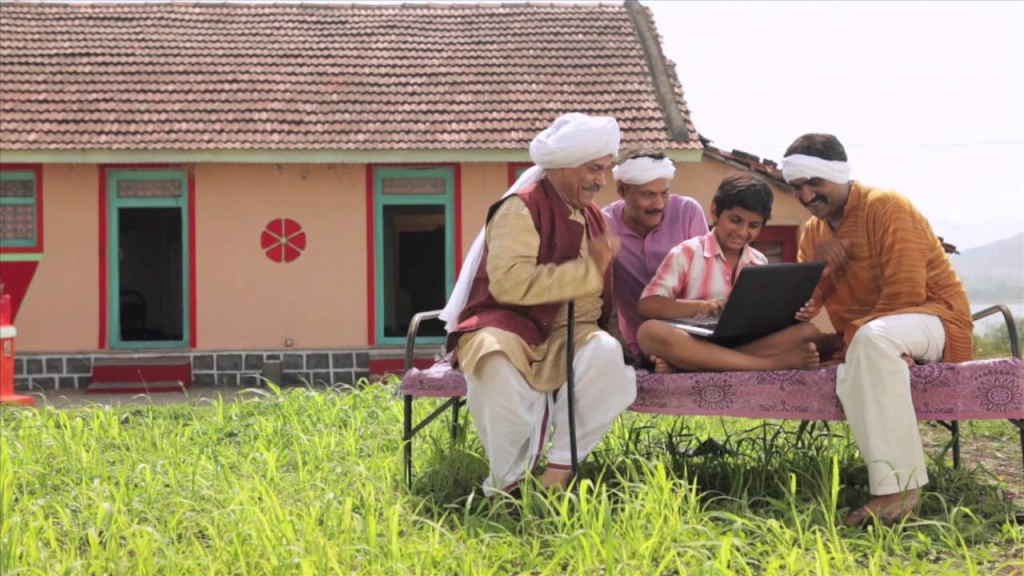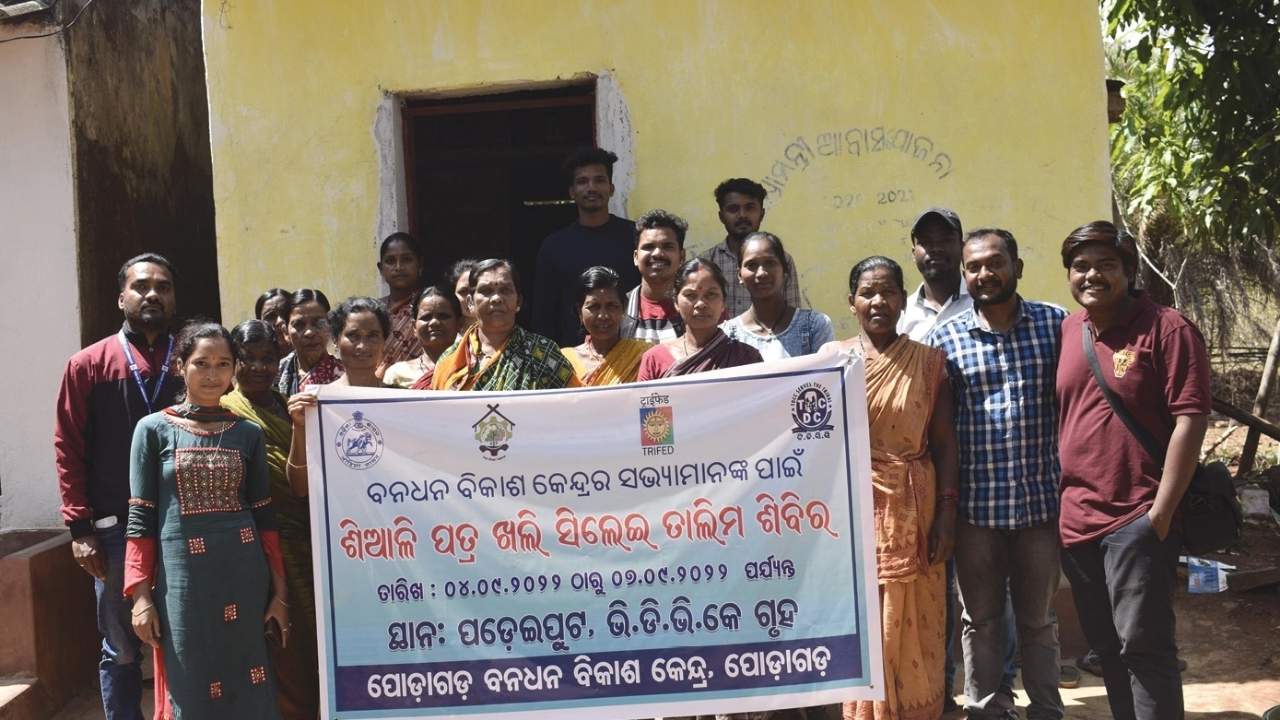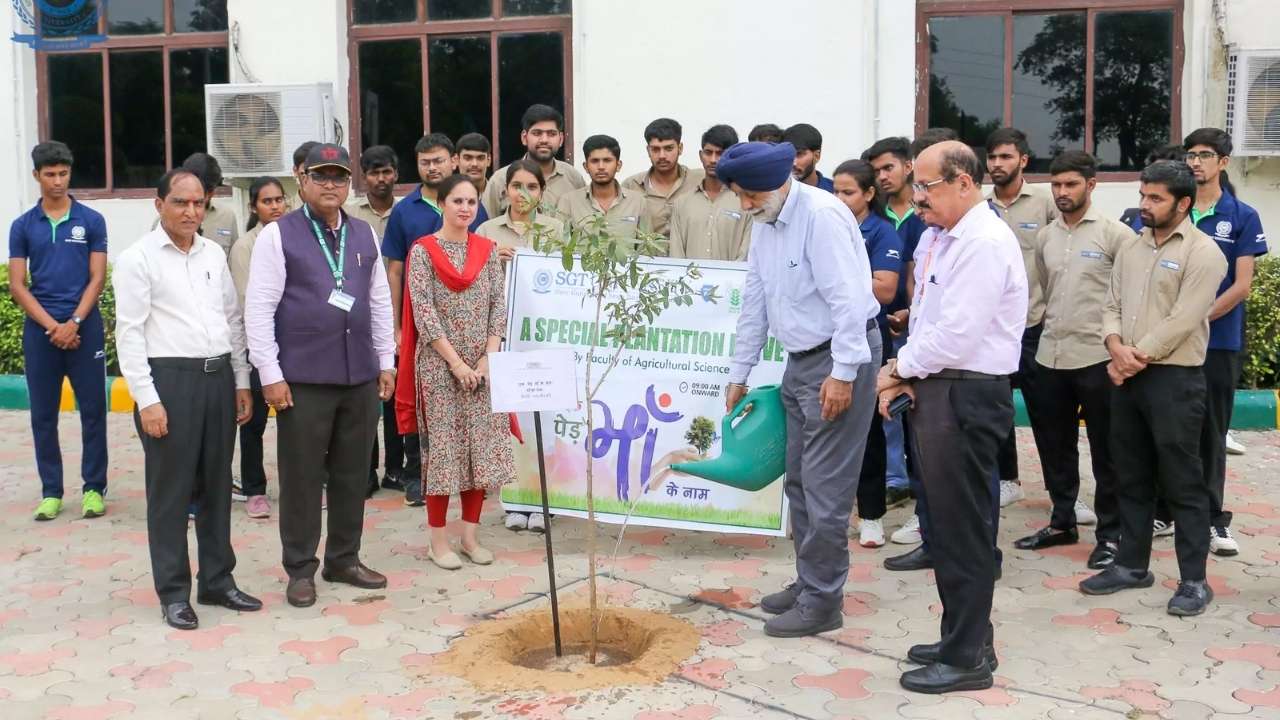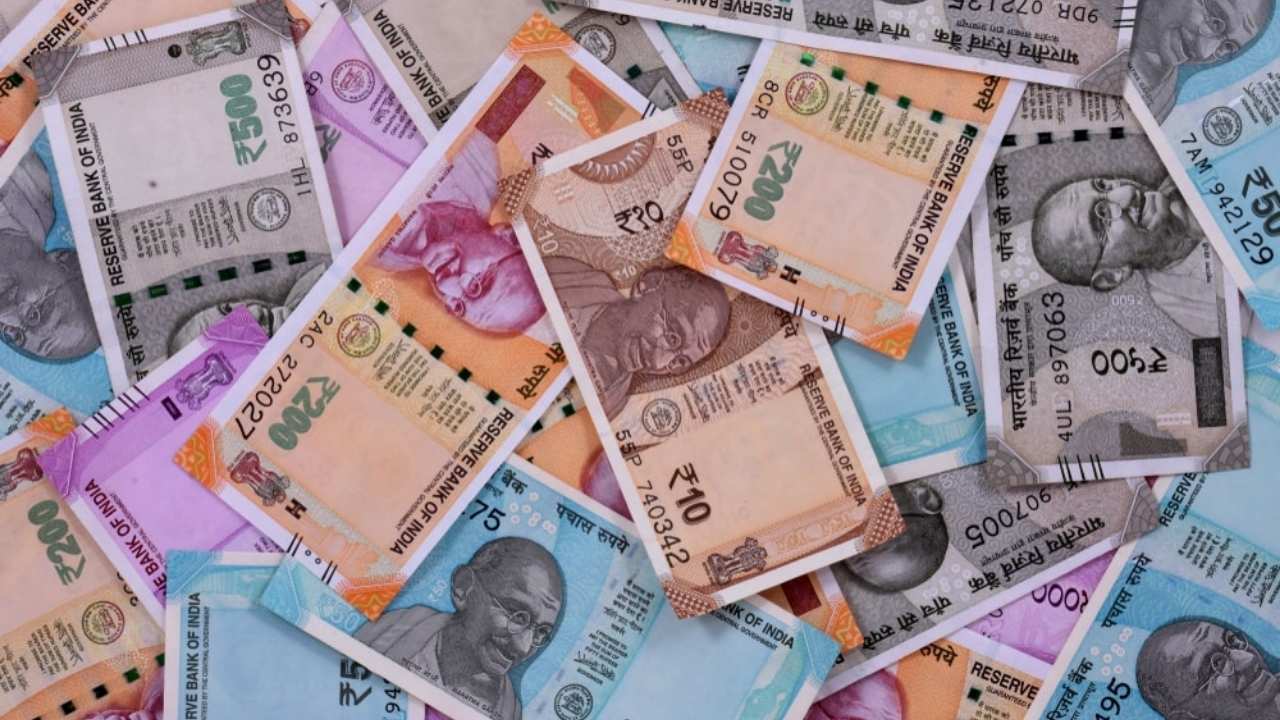In recent years, the government of India has taken a bold step in transforming the lives of its most marginalized communities. One of the most promising initiatives to achieve this goal is the Digital India movement, which aims to empower citizens with technology, especially in remote and rural areas. Among the areas where this initiative has shown significant progress is the tribal communities of Odisha, where digital tools are now being used to bridge gaps in education, healthcare, governance, and livelihood.
Odisha, located on the eastern coast of India, is home to a large tribal population. These communities have historically faced challenges in accessing basic services like education, healthcare, and government welfare programs due to geographic isolation, limited infrastructure, and socio-economic factors. However, the advent of Digital India is changing this narrative, offering new opportunities and hope for a brighter future.

In this article, we will explore how Digital India is empowering Odisha’s tribal communities, focusing on key projects, government initiatives, challenges, and success stories. From AI-driven healthcare systems to e-learning platforms and digital land rights mapping, we’ll see how technology is breaking barriers and providing tribal populations with the tools they need to thrive in a digital world.
Empowering Odisha’s Tribal Communities
| Key Point | Details |
|---|---|
| Initiative Name | Digital India – Empowering Tribal Communities Geospatial World |
| Area Focused | Odisha’s Tribal Regions |
| Key Projects | 1. Geospatial Mapping for Land Rights 2. AI-Driven Healthcare in Rayagada 3. Tech for Tribals Initiative |
| Government Schemes | PM-JANMAN in Malkangiri AI Policy-2025 Times of India |
| Tribal Groups Impacted | Bonda, Didayi, Particularly Vulnerable Tribal Groups (PVTGs) |
| Technological Tools Used | AI, Geospatial Mapping, E-Learning |
| Digital Literacy Training | Tribal Youth and Women Empowerment |
Digital India’s impact on Odisha’s tribal communities is transformative, but it is still a journey. With the help of AI-driven healthcare, geospatial land mapping, and digital literacy programs, tribal communities are gaining access to tools and resources that can change their futures. However, continued efforts are needed to ensure that these benefits reach all corners of the state and that the barriers to digital inclusion are overcome.
By empowering tribal populations with the skills and tools they need, Odisha is helping to create a more equitable society where everyone, regardless of their background or geography, can participate in and benefit from the digital age.
The Role of Technology in Empowering Tribal Communities
India, like many countries, is striving to bring its diverse and far-reaching rural communities into the fold of the digital revolution. Tribal communities, especially in remote regions, have historically been underserved by traditional systems of education, healthcare, and governance. Digital India provides a powerful solution to these longstanding challenges, enabling tribal communities to access services, knowledge, and opportunities that were previously out of reach.
In Odisha, the Digital India initiative is playing a critical role in improving the quality of life for tribal communities. By introducing digital platforms, AI-powered healthcare, and geospatial mapping for land rights, Odisha is leveraging technology to ensure that the tribal population receives equitable access to resources, healthcare, education, and employment opportunities.

Breaking Down the Digital Transformation in Odisha
1. Geospatial Mapping for Land Rights
Land rights are a critical issue for many tribal communities in Odisha. For decades, tribal families have struggled to get legal recognition for their forest land claims, leaving them vulnerable to displacement and exploitation. However, the introduction of geospatial mapping technology has enabled these communities to assert their land rights with greater accuracy and legal backing.
Through collaborations with organizations like PRADAN and Cadasta Foundation, Odisha has digitally mapped over 70,000 hectares of forest land. This geospatial data provides a clear and authoritative record of tribal land holdings, which can be used for legal recognition and resource management. As a result, tribal communities can better protect their ancestral lands from encroachment and gain more control over their natural resources.
Example: The Bonda tribe, one of Odisha’s Particularly Vulnerable Tribal Groups (PVTGs), has benefited from this mapping project, allowing them to establish and secure land rights that were previously disputed.
2. AI-Driven Healthcare in Rayagada
In regions like Rayagada district, where medical infrastructure is scarce, the AI-based maternal and child health monitoring systems have emerged as a game-changer. By using artificial intelligence, these systems allow healthcare workers to remotely track the health of pregnant women and infants, even in the most remote areas. The system can alert workers to potential health issues like high-risk pregnancies or early signs of infant health problems, enabling timely interventions.
This AI-driven approach helps to bridge the gap between healthcare providers and underserved communities, particularly in tribal areas where access to healthcare services is limited.
Example: In Rayagada, frontline health workers use mobile devices to track the health of expectant mothers and newborns, receiving real-time data on their conditions and responding with medical care as needed.
3. Tech for Tribals Initiative
The Tech for Tribals program, launched by the Tribal Cooperative Marketing Development Federation of India (TRIFED) and the Kalinga Institute of Social Sciences (KISS), aims to equip tribal communities with the digital tools and training necessary to thrive in a tech-driven world. The initiative focuses on improving digital literacy among tribal youth and women, providing them with the skills to access government services, create digital identities, and even start online businesses.
With this initiative, tribal families are not only learning how to use smartphones and computers but also gaining access to online resources that can help them learn new skills, find job opportunities, and connect with markets for their traditional crafts and products.
Example: Through the Tech for Tribals initiative, tribal women in Odisha have started learning basic computing skills, enabling them to participate in e-commerce and access government schemes online.
Government Schemes and Policies for Tribal Empowerment
The Government of Odisha has introduced several policies and schemes to support tribal communities in their journey towards digital empowerment. Among the most notable is the Pradhan Mantri Janjati Adivasi Nyaya Maha Abhiyan (PM-JANMAN), which is being implemented across 125 villages in Malkangiri district. The PM-JANMAN scheme aims to provide housing, education, healthcare, and infrastructure to tribal communities, improving their standard of living and ensuring they are not left behind in India’s march towards progress.
In addition, the AI Policy-2025, approved by the Odisha state cabinet, outlines a roadmap for the integration of artificial intelligence across sectors like healthcare, education, agriculture, and governance. This policy will help guide the implementation of AI solutions in rural and tribal areas, ensuring that the benefits of this emerging technology are accessible to everyone.
Challenges and Areas for Improvement
While the Digital India initiative has brought about significant changes in Odisha’s tribal communities, challenges remain. One of the biggest hurdles is ensuring that all communities have equal access to digital resources and infrastructure. Despite advancements in digital literacy and health monitoring systems, issues like lack of reliable internet connectivity and inadequate training for all community members continue to limit the effectiveness of these programs.
Another challenge is the administrative bottlenecks that have delayed the implementation of schemes like Anwesha, which provides English-medium education for Scheduled Caste and Scheduled Tribe children. In Koraput district, delays in Class 1 admissions under this scheme have prevented many eligible children from receiving the educational opportunities they need.
These challenges highlight the need for continuous investment in digital infrastructure and governance reforms to ensure that all tribal communities benefit from digital inclusion.
Odisha TEX 2025 Attracts Rs 7.8K Crore in Investment Proposals, Promises 53,000 Jobs
Odisha Govt Announces Transfer of 29 OAS Officers Across Various Departments
Low Pressure Over Bay of Bengal Strengthens into Depression, Heavy Rainfall Expected in Odisha
FAQs
1. How does AI improve healthcare in tribal communities?
AI-based healthcare systems help monitor maternal and child health by using remote sensors and mobile devices. They provide real-time data to healthcare workers, enabling them to intervene early if any health issues arise.
2. What is geospatial mapping, and how does it help tribal communities?
Geospatial mapping uses technology to create digital maps of land and resources. It helps tribal communities secure land rights by providing accurate, legal data on land ownership.
3. What is the Tech for Tribals initiative?
The Tech for Tribals initiative provides tribal youth and women with digital literacy training and tools to help them access online services, start businesses, and connect with new opportunities.
4. What challenges do tribal communities face in accessing digital resources?
Some of the challenges include unreliable internet connectivity, inadequate digital training, and delays in implementing government schemes.





